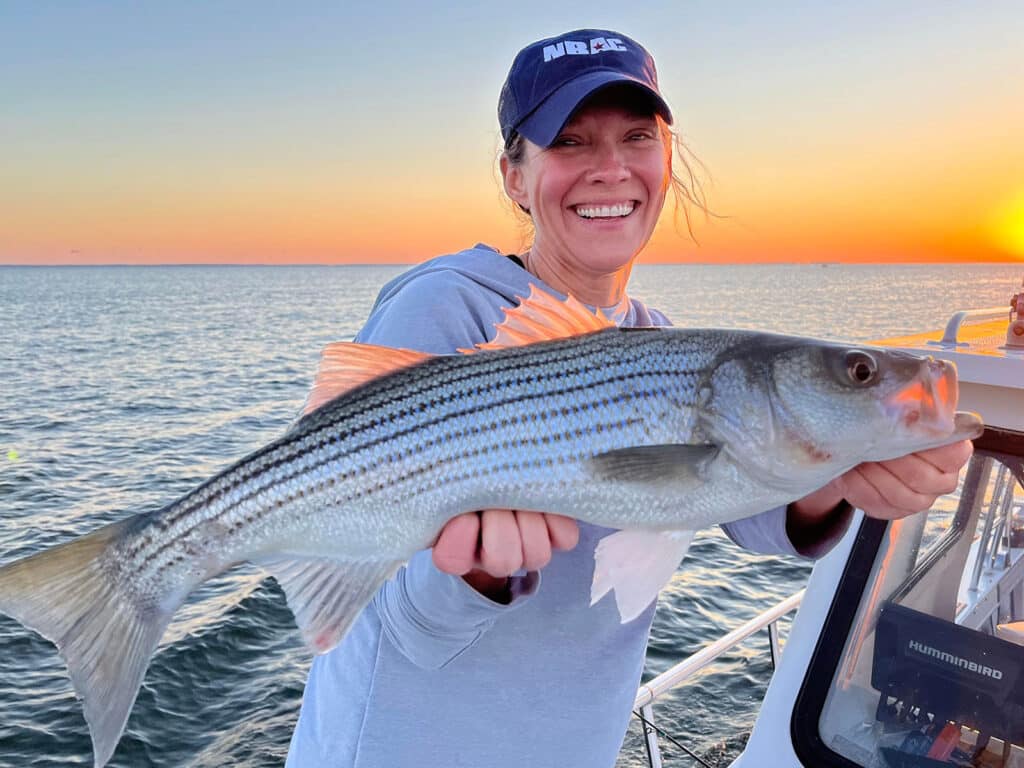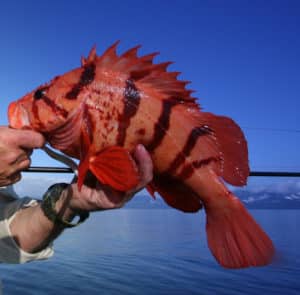
Hot Spot: Solomons Island, Maryland
Species: Striped bass, redfish, and speckled trout
“Yesterday, we caught over 100 striped bass between 20 and 30 inches and I ran 80 miles,” Captain Pete Dahlberg of Four Seasons reports. Dahlberg fishes out of Solomons Island, Maryland on the western shore of Chesapeake Bay. From his home port, he can reach hot spots on both sides of the bay.
A typical day starts early as Dahlberg likes to hit the dawn bite. Depending on the weather, he will run to the leeward side of the hundreds of marsh islands on either side of the bay. “I fish from the Choptank to Smith Island, the other day I fished the Patuxent River,” Dahlberg says.
To find the fish, Dahlberg looks for structures like rocks, grass and reefs, but he really likes to fish shipwrecks. He relies on his Humminbird Solix side-imaging sonar to map the bottom and locate fish.
When he finds a combination of structure and clear water, Dahlberg drops the trolling motor and casts soft plastics, jerkbaits and topwater plugs.
His go-to lure is a three- to four-inch BKD soft plastic on a ¼ to ⅜ ounce leadhead jig. He will also fish Fin-S and Bass Assassin paddletails. Bounce the soft plastic off the bottom or retrieved steadily through the water column.
When he needs a suspending bait to get attention, he rips a Rapala X-Rap jerkbait. Early in the morning, Dahlberg gets on the topwater bite with a Storm Chug Bug. “On windy days I like a Storm Wild Eye swim shad,” Dahlberg adds. The Wild Eye shad is heavier than a soft plastic, but still works the upper water column where the fish can see it.
Color choice is simple, Dahlberg goes with white and chartreuse most of the time. In low light, he uses a purple lure. “There’s no magic abracadabra,” he says.
Dahlberg spends the day running from structure to structure, fishing each area until the striped bass get wise. “The fish will quit biting pretty quickly,” he says. So, having an extensive list of hot spots keeps him moving and catching.
Over the next few weeks, Dahlberg expects striper fishing to improve as the fish move shallower. With the water temperature falling through the sixties and into the fifties, striped bass fishing will heat up. “We get the biggest fish when the water temperature hits 50,” he says.








